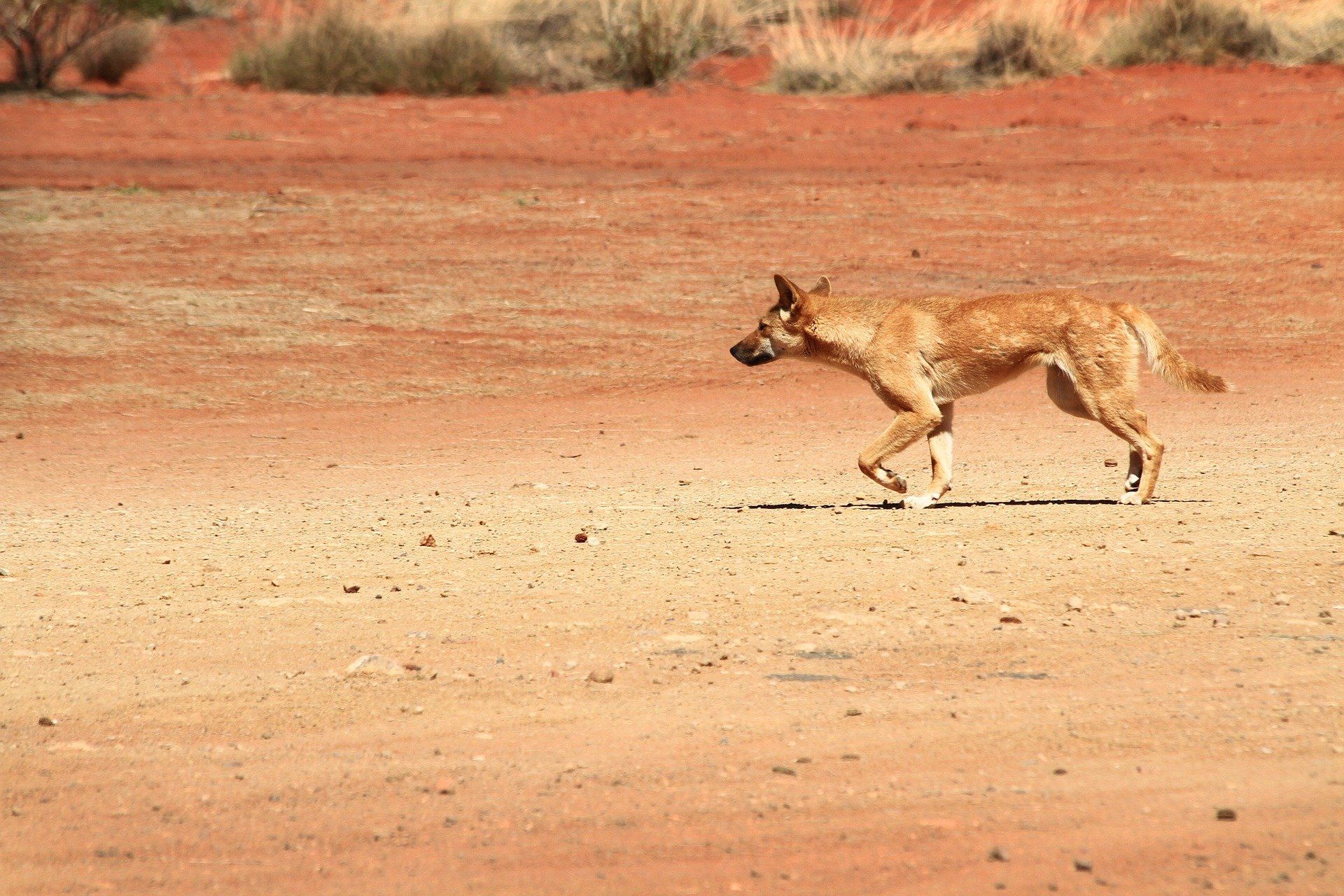1MG FlippingBooks
Upgrade to SA dog fence gamechanger for farmers
Elizabeth Gracie

A $25m upgrade to the South Australian (SA) Dog Fence will better protect South Australia’s $4.3b livestock industry.
The rebuild will be one of the biggest infrastructure projects that the South Australian Government has ever undertaken.
Federal Agriculture Minister David Littleproud said that the project was a gamechanger for South Australian agriculture.
“It is estimated the rebuild with reduce the number of sheep losses in pastoral areas and increase income from sheep sales by up to $69.7m over a 20 year period”.
“Farmers, land managers, and pastoralists will save up to $97m in wild dog management costs over 20 years and it will create jobs in regional South Australia,” said Littleproud.
Australian Minister for Primary Industries and Regional Development Tim Whetstone said that parts of the 1600km were over 100 years old.
“South Australia’s component of the 5400km Dog Fence is approximately 2150km, with approximately 1600km being more than 100 years old” said Whetstone.
The land south of the fence is traditionally used for sheep production and it is hoped that an improved fence will stop the migration of dingoes and other feral animals into the area from leakages in the fence.
The Federal Government is working alongside the South Australian Government to fund the project with matched funds of $20m plus a further $5m through industry.
Minister Whetstone said that the fence was crucial infrastructure to supporting and protecting the South Australian sheep industry.
“The 25m project will replace this ageing fencing to ensure its continued effectiveness and support pastoralists from the ongoing threat of wild dogs,” said Whetstone.
Federal Member for Grey, Rowan Ramsey says that he is pleased that the government has started upgrades to the fence.
“Wild dogs have been tearing thousands of sheep to pieces in the areas south of the leading fence,” said Ramsey.
“Now that it is the time to act and I am pleased we are stepping up to do that job”.
NEWS

Prodoz, a Proudly Australian and family-owned agribusiness, based in Melbourne, is strengthening its positions as national/international leader in advanced crop – science solutions through a growing portfolio of global innovation partners and a distribution footprint supported by all major distributors - includes Nutrien Ag, Elders, Lindsay Rural and Independent Rural stores.

Trace minerals are required for optimal growth, reproduction, and immunity. Optimising trace mineral status relying solely on oral supplements across a herd may fail because of variation in individual intake and reduced absorption due to antagonism of other ration components and minerals. The use of injectable trace mineral supplements has been associated with positive reproductive outcomes including improved conception rate, increased odds of pregnancy and greater final in calf rate. A study conducted on 2,168 dairy cows, administered injectable trace minerals, four weeks prior to calving and again four weeks prior to the start of mating showed treated animals had a 3.3 per cent greater final in-calf rate, and a reduced time from start of mating to conception, compared to control animals 1 . The Importance of B12 Dr Carl Eden, Technical Services Veterinarian with Boehringer Ingelheim says “Vitamin B12 is sometimes referred to as a ‘super vitamin’ because it is only required in very small amounts but vital to many essential metabolic pathways. However, demand for B12 can vary considerably during the year and we see serum levels of B12 fall at critical times, such as the first few months after calving.” Vitamin B12 contains cobalt, so deficiency in cobalt can lead to deficiency in vitamin B12 because ruminants get most of their B12 as a byproduct of ruminal fermentation where the bacteria in their rumen assemble B12 from cobalt for use by the cow. Sub-optimal trace mineral and vitamin B12 status at calving, mating, and drying off has been shown to negatively impact growth, reproduction, and immunity. Using a trace mineral injectable containing vitamin B12 can improve trace mineral and vitamin B12 status at these critical times. Marks-Min with Vitamin B12 – The Evidence In the largest trace element study to date, Marks-Min Injectable Trace Mineral with Vitamin B12 demonstrated remarkable results when compared to a reference trace mineral injection. “Given the differences between Marks-Min and other products on the market, we wanted to generate a compelling data set to demonstrate how effective it was compared to the pioneer product. We entrusted this work to a third-party research company” says Dr Eden. “We chose farms that were at the top of their game from a reproductive perspective. We made sure that the farms had no evidence of trace element or vitamin B12 deficiencies or excess.” Across all outcomes of interest, Marks-Min demonstrated clear non-inferiority when compared to the reference product. Outcomes measured included submission, pregnancy and conception rates, and six week in-calf rate. Marks-Min demonstrated it is highly suited as an alternative treatment to the reference product. Reference: 1. Hawkins, D., and B. V. S. Franklin. New Zealand Dairy Veterinarians Newsletter 24 (2007): 12-16 Company website: livestockfirst.com.au Company email address: CustomerCare.Australia@boehringer-ingelheim.com Company video: https://vimeo.com/1138807630?fl=pl&fe=cm














